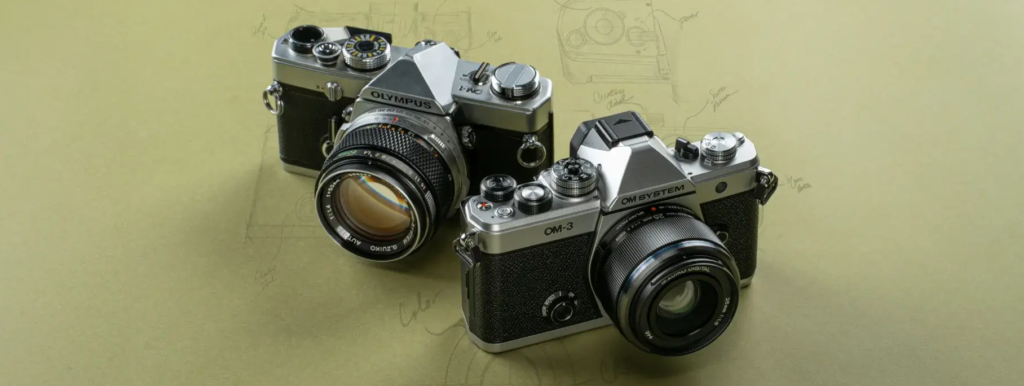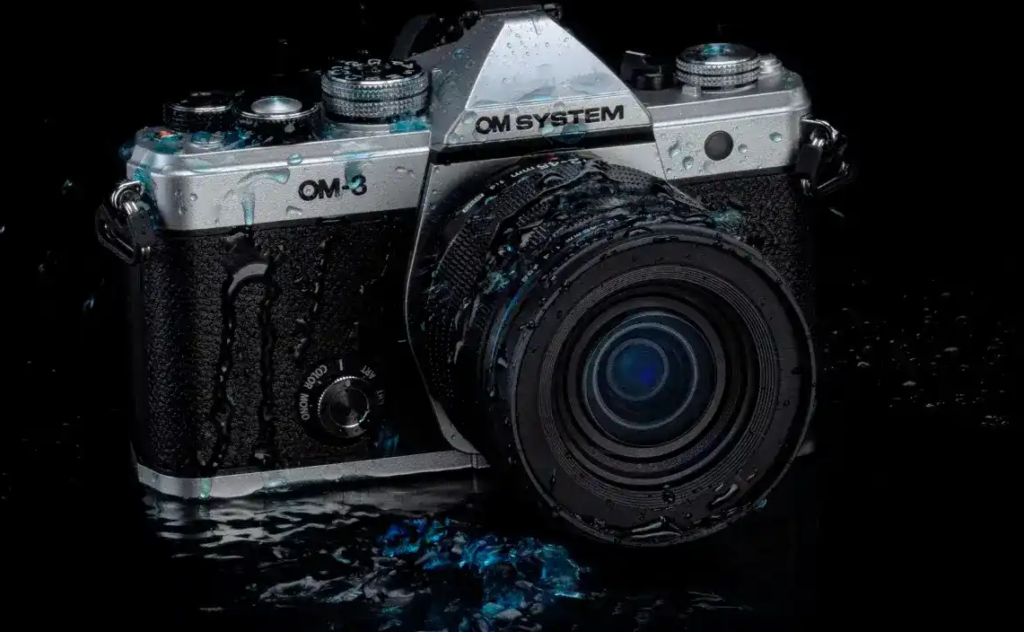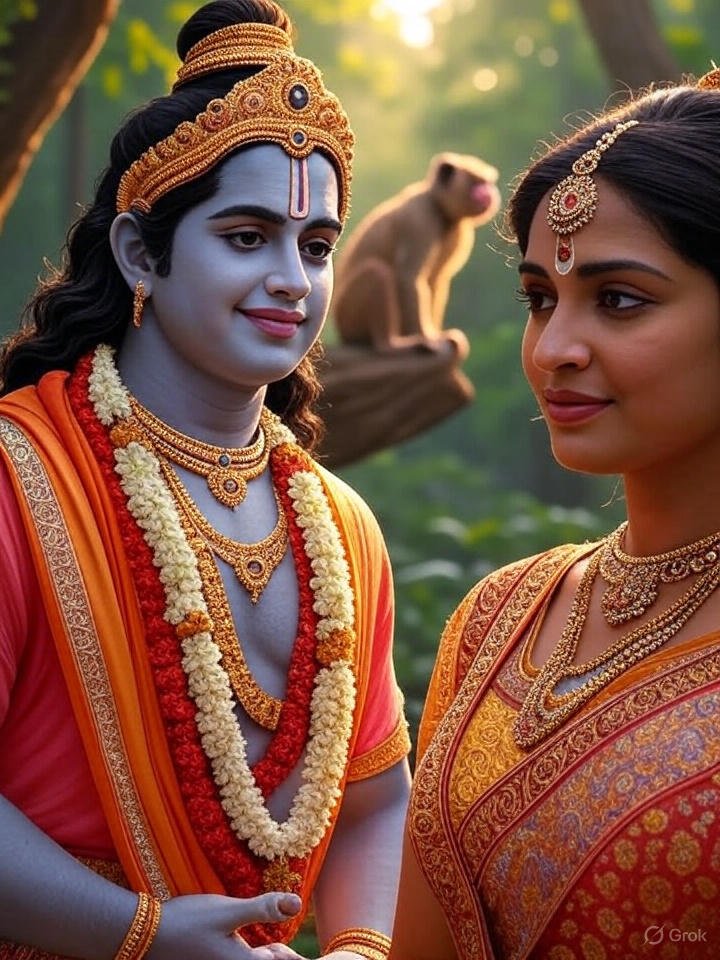The photography world is buzzing with excitement as OM Systems unveils its latest marvel, the OM3 Camera. Building on the legacy of its predecessors, this mirrorless powerhouse combines cutting-edge technology with user-centric design, catering to professionals and enthusiasts alike. OM Systems, formerly Olympus’ imaging division, has consistently pushed boundaries in compact camera engineering, and the OM3 is no exception. Designed for adventurers, travel photographers, and content creators, it promises to deliver unmatched versatility in a lightweight body.
In an era where hybrid shooting (photo + video) dominates, the OM3 emerges as a game-changer. Its robust feature set addresses modern demands: high-resolution imaging, advanced stabilization, and pro-grade video capabilities. The camera’s compact form factor doesn’t compromise performance, making it ideal for on-the-go creators who prioritize portability without sacrificing quality.
One standout aspect is OM Systems’ commitment to durability. The OM3 boasts weather-sealing against dust, moisture, and freezing temperatures, a nod to outdoor photographers braving harsh environments. Additionally, its AI-driven autofocus system and enhanced computational photography tools set new benchmarks for speed and accuracy.
For videographers, the OM3 shines with 4K/60p recording, 10-bit color depth, and Log profiles—features previously reserved for bulkier cinema cameras. Whether you’re capturing fast-paced action or cinematic landscapes, this camera adapts seamlessly.
The OM System has long been a beacon of innovation in the world of photography, consistently delivering cameras that blend cutting-edge technology with user-centric design. As of February 6, 2025, the company has unveiled its latest masterpiece: the OM-3 Camera. This new model is poised to redefine the standards of digital photography, offering a plethora of features that cater to both amateur enthusiasts and seasoned professionals.
Drawing inspiration from its analog predecessor, the Olympus OM-3, the new OM-3 Camera seamlessly marries classic design elements with modern advancements. The original OM-3, introduced in 1983, was renowned for its mechanical precision and durability. It featured a manual focus system and an entirely mechanical shutter, allowing photographers to operate without reliance on batteries—a testament to its engineering excellence. The new OM-3 pays homage to this legacy while integrating state-of-the-art digital functionalities.
One of the standout aspects of the OM-3 Camera is its commitment to delivering exceptional image quality. Equipped with a 20-megapixel Micro Four Thirds sensor, it ensures that every shot is captured with stunning clarity and detail. This sensor, combined with the TruePic IX image processor, offers enhanced low-light performance, faster processing speeds, and improved color accuracy. Whether you’re capturing the subtle hues of a sunrise or the intricate details of a macro shot, the OM-3 is designed to deliver.
The design of the OM-3 Camera is a harmonious blend of form and function. Its metal body construction not only provides a premium feel but also ensures durability, making it suitable for various shooting environments. Despite its robust build, the camera maintains a compact and lightweight profile, staying true to the OM System’s philosophy of portability without compromise. This makes it an ideal companion for photographers on the go, whether they’re traversing urban landscapes or exploring remote terrains.
Table of Contents
OM Systems OM3 Camera: Redefining Innovation in Mirrorless Photography.
Features & Noteworthy Upgrades.
Top 10 Exclusive Facts About the OM3.
OM3 vs. Pen-F: A Detailed Comparison.
OM3 Vs. Retro Styled Nikon ZF.

Supersox Ankle Socks for Women Made With Premium Cotton
Anti Bacterial, Ideal for Daily Casual Wear/Gym/Office – Pack of 5, Free Size – Price ₹349 (42% Off)
This article dives deep into the OM3’s features, video prowess, and exclusive upgrades while comparing it to OM Systems’ cult-classic Pen-F. Let’s explore why the OM3 might be your next creative companion.
Features & Noteworthy Upgrades

- 20MP Live MOS Sensor with Stacked Architecture: Delivers faster readout speeds, reducing rolling shutter in videos and improving burst shooting (up to 30 fps).
- 7.5-Stop In-Body Image Stabilization (IBIS): World-leading stabilization for handheld shots, even in low light.
- AI-Powered Autofocus: Real-time subject tracking for humans, animals, and vehicles.
- 4K/60p & Full HD/240p Video: Supports 10-bit 4:2:2 internal recording and 12-bit RAW output via HDMI.
- TruePic XII Processor: Enhances noise reduction and dynamic range, even at ISO 12800.
- Dual SD UHS-II Card Slots: For seamless backup or extended recording.
- 3.68M-Dot OLED EVF: 120Hz refresh rate for lag-free composition.
- Vari-Angle Touchscreen: 3-inch LCD optimized for vlogging and unconventional angles.
- USB-C Charging & Power Delivery: Shoot indefinitely with a power bank.
- Pro Capture Mode: Pre-buffers images half a second before shutter release.
Video Features
The OM3 elevates video production with:
- 4K/60p in 10-bit 4:2:2 for rich color grading flexibility.
- OM-Log400: Flat profile preserving 12 stops of dynamic range.
- Cinema 4K (4096×2160): For filmmakers needing ultra-wide aspect ratios.
- Focus Stacking in Video: Automatically merges focus transitions mid-clip.
- Active Tracking + Eye AF: Maintains sharp focus during movement.
- HDMI RAW Output: Paired with Atomos Ninja V for ProRes RAW workflows.
- 5-Axis Sync IS: Combines lens and sensor stabilization for silky-smooth footage.
- High-Speed Modes: 240fps in Full HD for dramatic slow motion.

Top 10 Exclusive Facts About the OM3
- First OM camera with AI Subject Detection for birds in flight.
- Handheld High-Res Shot Mode: 80MP composite images without a tripod.
- Live ND Filter: Simulates ND effects up to ND64 in real time.
- Cross-brand Lens Compatibility: Works with Panasonic Leica L-Mount via adapter.
- Built-in GPS & Weather Sensors: Logs location, altitude, and temperature.
- Bluetooth 5.0 + Wi-Fi 6: Faster wireless transfers and remote control.
- Customizable LUTs: Apply presets directly in-camera.
- Dual Native ISO: Minimizes noise at ISO 800 and ISO 3200.
- Anti-Flicker Mode: Ideal for sports under artificial lighting.
- Sustainability Focus: Uses recycled materials in body construction.
OM3 vs. Pen-F: A Detailed Comparison
| Feature | OM3 Camera | Pen-F |
| Sensor | 20MP Stacked Live MOS | 20MP CMOS |
| IBIS | 7.5 stops | 5 stops |
| Video | 4K/60p, 10-bit | 1080/60p, 8-bit |
| Autofocus | AI Tracking + Eye AF | Contrast-detect AF |
| Burst Speed | 30 fps (electronic shutter) | 10 fps |
| LCD | 3” Vari-angle touchscreen | 3” Fixed touchscreen |
| Weather Sealing | Yes | No |
| Weight | 511g | 427g |
| Price | $2,199 (body only) | Discontinued (2016) |
| Unique Feature | Live ND, Pro Capture | Creative Dial, Monochrome Mode |
OM3 Vs. Fujifilm X100V
The OM System OM-3 and the Fujifilm X100VI are both esteemed cameras in the photography community, each offering unique features tailored to different shooting preferences. Below is a detailed comparison of their key specifications:
| Feature | OM System OM-3 | Fujifilm X100VI |
| Sensor | 20.2MP Micro Four Thirds sensor dpreview.com | 39.8MP APS-C sensor apotelyt.com |
| Lens | Interchangeable lens system | Fixed 23mm f/2 lens (35mm equivalent) |
| Image Processor | TruePic IX | X-Processor 5 |
| ISO Range | 200-25,600 (expandable) | 160-12,800 (expandable) |
| Autofocus System | Advanced phase-detection AF | Hybrid AF with phase and contrast detection |
| Continuous Shooting | Up to 15 fps mechanical shutter | Up to 11 fps mechanical shutter |
| Video Recording | 4K UHD at 30 fps | 4K UHD at 30 fps |
| Viewfinder | High-resolution electronic viewfinder | Hybrid viewfinder (optical and electronic) |
| LCD Screen | Articulated touchscreen | Fixed touchscreen |
| Image Stabilization | In-body 5-axis image stabilization | Digital image stabilization |
| Weather Sealing | Yes, IP53 certified 43addict.com | Yes, weather-resistant design |
| Battery Life | Approximately 420 shots per charge | Approximately 350 shots per charge |
| Dimensions | 125 x 85 x 50 mm | 128 x 75 x 55 mm |
| Weight | 450 g (body only) | 478 g (including battery and memory card) |
Note: Specifications are based on available data as of February 6, 2025.
Regarding achieving flexibility similar to Fujifilm’s renowned film simulations, the OM System OM-3 introduces a “Creative Wheel” feature. This allows users to select from four color profiles and four monochrome profiles, as well as utilize the Color Creator and Art Filters. These tools enable photographers to adjust hue, saturation, and apply various artistic effects directly in-camera, offering a level of creative flexibility comparable to Fujifilm’s film simulations.
In a nutshell, while both cameras are equipped with advanced features, the choice between the OM System OM-3 and the Fujifilm X100VI depends on individual preferences regarding sensor size, lens flexibility, and in-camera creative options.
OM3 Vs. Retro Styled Nikon ZF
The OM System OM-3 and the Nikon Zf are both notable entries in the mirrorless camera market, each catering to distinct photography preferences. Below is a comprehensive comparison of their key features:
| Feature | OM System OM-3 | Nikon Zf |
| Sensor | 20.2MP Micro Four Thirds sensor | 24.5MP Full-Frame CMOS sensor |
| Lens Compatibility | Micro Four Thirds mount; wide range of lenses available | Nikon Z mount; compatible with a variety of Nikon lenses |
| Image Processor | TruePic IX | EXPEED 7 |
| ISO Range | 200-25,600 (expandable) | 100-51,200 (expandable) |
| Autofocus System | Advanced phase-detection AF | Hybrid AF with phase and contrast detection |
| Continuous Shooting | Up to 15 fps with mechanical shutter | Up to 14 fps with mechanical shutter |
| Video Recording | 4K UHD at 30 fps | 4K UHD at 30 fps |
| Viewfinder | High-resolution electronic viewfinder | OLED electronic viewfinder |
| LCD Screen | Articulated touchscreen | Tilting touchscreen |
| Image Stabilization | In-body 5-axis image stabilization | In-body 5-axis image stabilization |
| Weather Sealing | Yes, dust and splash-proof | Yes, dust and moisture-resistant |
| Memory Card Slots | Dual SD card slots | One SD card slot (UHS-II) and one microSD card slot (UHS-I) havecamerawilltravel.com |
| Battery Life | Approximately 420 shots per charge | Approximately 380 shots per charge |
| Dimensions | 134 x 91 x 68 mm | 144 x 102 x 49 mm |
| Weight | 580 g (body only) | 710 g (body only) |
| Price | Estimated around $2,000 | Approximately $2,000 |
Note: Specifications are based on available data as of February 6, 2025.
Image Quality
The Nikon Zf, with its 24.5MP full-frame sensor, offers superior image quality, especially in low-light conditions, due to its larger sensor size. This results in better dynamic range and depth of field control. The OM System OM-3, while equipped with a 20.2MP Micro Four Thirds sensor, delivers excellent image quality within its class but may not match the low-light performance and depth of field flexibility of the Nikon Zf.

Value for Money
Both cameras are priced similarly, around $2,000. The OM System OM-3 offers a compact and lightweight design, making it ideal for travel and street photography. Its extensive range of compatible lenses and advanced features provide good value for photographers seeking versatility. The Nikon Zf, with its full-frame sensor and robust build, offers excellent image quality and performance, appealing to professionals and enthusiasts who prioritize image quality and are willing to manage a larger form factor.
In summary, the choice between the OM System OM-3 and the Nikon Zf depends on individual priorities:
- OM System OM-3: Best suited for photographers valuing portability, a broad selection of lenses, and a more affordable entry point into advanced photography.
- Nikon Zf: Ideal for those prioritizing superior image quality, especially in low-light scenarios, and who prefer the benefits of a full-frame sensor despite a larger and heavier body.
Consider your specific photography needs, shooting style, and preferences to make the most informed decision between these two capable cameras.
Conclusion
The OM Systems OM3 Camera is a triumph of innovation, blending professional-grade features with the portability that defines the brand. Its AI-driven autofocus and computational photography tools cater to modern creators who demand speed and precision, while video capabilities rival dedicated cinema cameras. For adventurers, the rugged build and weather sealing ensure reliability in unpredictable conditions—a stark contrast to the Pen-F’s retro charm but limited durability.
What truly sets the OM3 apart is its adaptability. Whether you’re a vlogger needing crisp 4K footage, a wildlife photographer tracking elusive subjects, or a traveller craving high-res landscapes without a tripod, this camera delivers. The inclusion of sustainability-focused materials also reflects OM Systems’ commitment to eco-conscious design, a growing priority for consumers.
Compared to the Pen-F, the OM3 is undeniably a leap forward. While the Pen-F remains a beloved collector’s item for its analog aesthetics and monochrome modes, the OM3’s technological advancements—like 7.5-stop IBIS and 10-bit video—make it a far more versatile tool. However, the Pen-F’s lighter weight and lower price (while available) still appeal to casual shooters.
In a market saturated with full-frame giants, the OM3 carves its niche by proving that micro four-thirds systems can excel. Its balance of size, performance, and durability makes it a compelling choice for those unwilling to compromise.
As photography evolves, the OM3 stands as a testament to OM Systems’ vision: empowering creators to push boundaries, wherever their journey takes them.
Best Reads




